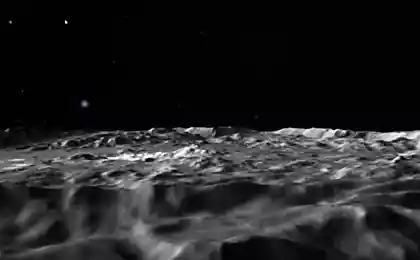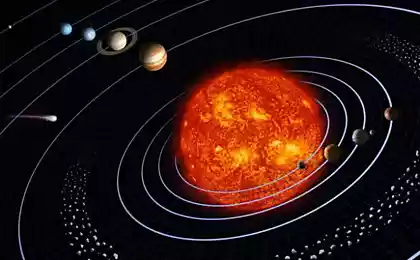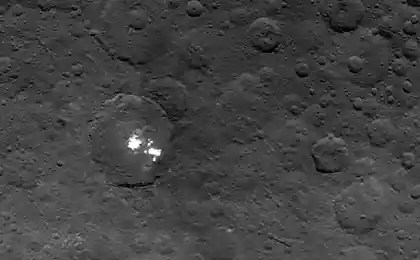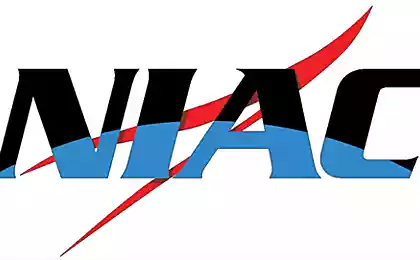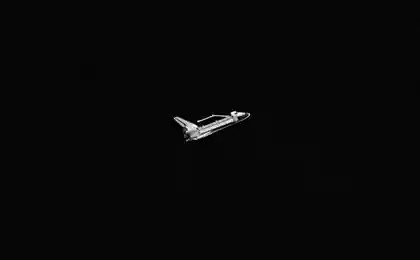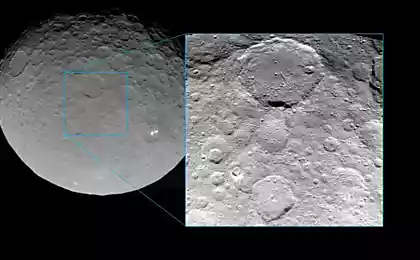751
Video tour of Ceres from NASA
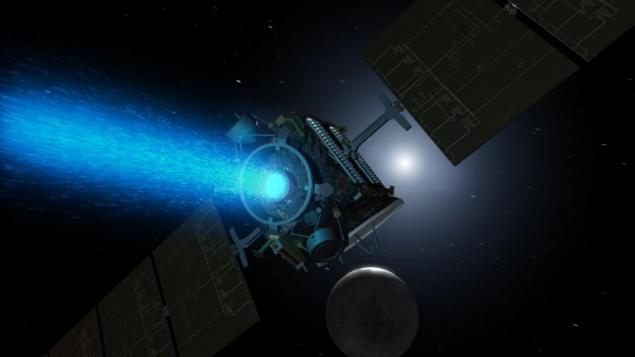
NASA's experts on the basis of the photos sent by the probe Down, created "Video tour" of Ceres. The video shows the most remarkable places planetoid - for example, Crater Occator, at the bottom of which is the very white spots. I recall that not so long ago, scientists discovered in one of the photos the haze above the crater, which may indicate that the spot - it's way out of ice on the surface, but not the mineral salts.
In addition, Ceres and it found the highest mountain pyramidal shape. At the moment, according to experts, is the highest mountain of all detected at Ceres. It is not entirely clear how this could occur on a hill planetoid.
To compile the video images of the surface were used and a topographical map the surface of Ceres, which was transferred to Earth last week. On the basis of these data, the specialists were able to create a three-dimensional model of Ceres.
It is interesting also that the albedo of the white spots are somewhat lower than the albedo of the water ice, so that the question of the origin of the object can not be considered fully resolved. However, all these issues can be clarified later this month, in the middle, when the station will fall at a distance of 1, 5 thousand kilometers from the surface of Ceres.
Dawn reached Ceres March 6 of this year, and immediately began work on the subject. The total length of stay of the probe at Ceres will be about 16 months. At the same time during a rendezvous with the spacecraft at the planetoid had problems - the probe stops responding control center. Immediately after that, the computer Dawn went into safe mode, and after a while started again.
Recently, astronomers have also posted a map of Ceres, together with another video:
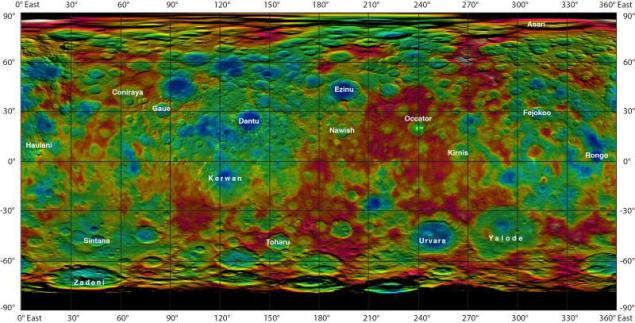
When you click the image to open in full size (NASA / JPL-Caltech / UCLA / MPS / DLR / IDA) i>
Also crater Occator, which has already been mentioned above, there are deeper craters, for example, Dantu (120 km in diameter and 5 deep) and Ezinu (same size). The larger object is Urvara crater with a diameter of 160 km and a depth of 6 km. And in the center of the crater is a peak height of 3 kilometers.
The diameter of the Ceres is 940 km, and is the largest object in the asteroid belt, which lies between Mars and Jupiter. In fact, the size of Ceres, is about 40% the size of Pluto.
Source: geektimes.ru/post/259880/
5:00 the approach of "Union" to the ISS - in polutoraminutnom on YouTube
The British Library has transferred more than 1 million images in the public domain

